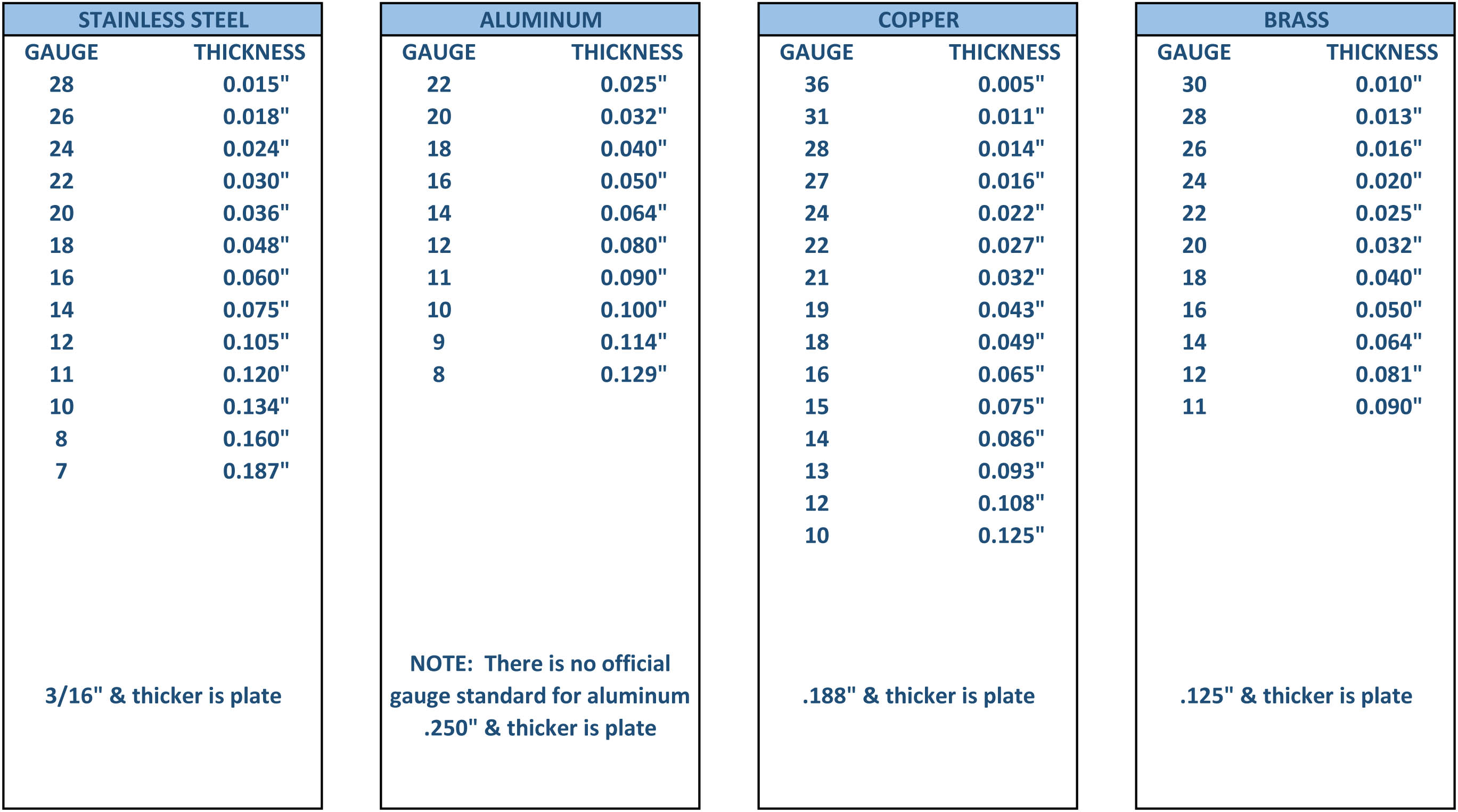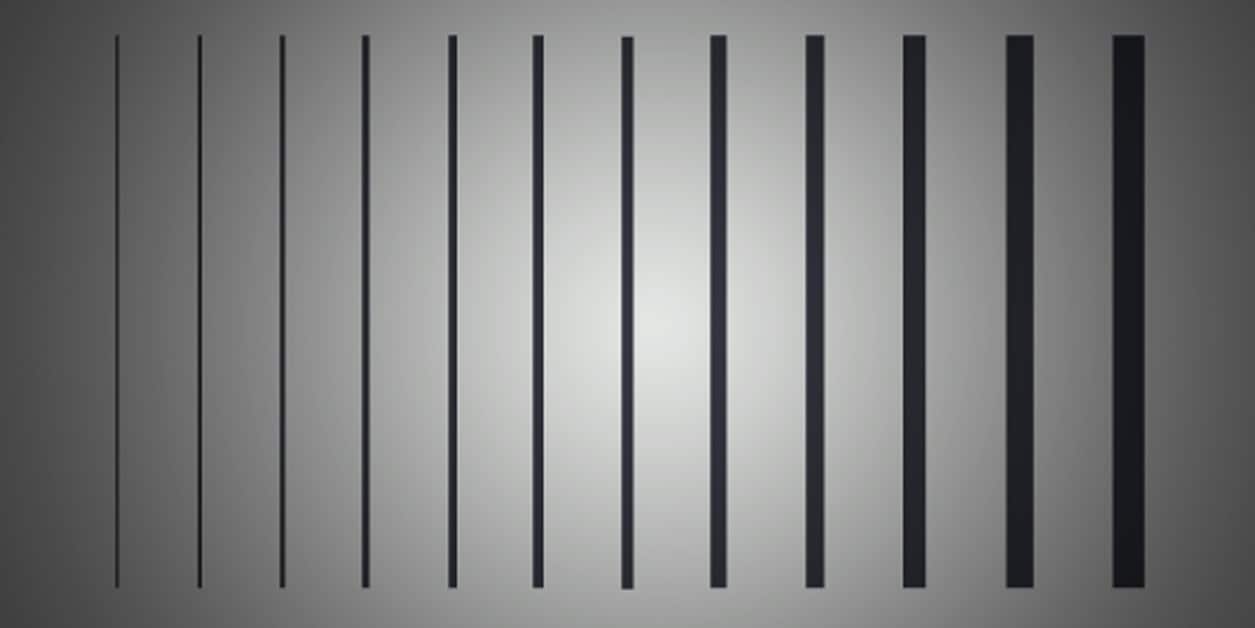
Source: Meta Fab
The Importance of Light Absorption in Silicon Solar Cells
When it comes to achieving high efficiency in solar cells, reducing reflection is crucial. However, equally important is the absorption of all light within the silicon solar cell. The amount of light absorbed is influenced by the optical path length and the absorption coefficient.
Understanding Photon Absorption in Silicon Solar Cells
In a silicon solar cell, the absorption of photons plays a significant role in the conversion of light into electricity. The optical path length, which is the distance light travels through the material, affects the probability of absorption. A longer optical path increases the chances of photons being absorbed by the silicon material.
The absorption coefficient of the material also plays a vital role. It determines how effectively the material can absorb light of different wavelengths. Silicon has a specific absorption coefficient that influences its ability to absorb sunlight and convert it into electrical energy.
Enhancing Light Absorption through Design
In solar cell design, strategies are employed to enhance light absorption and improve overall efficiency. One common approach is the use of light trapping techniques. By incorporating reflectors or textured surfaces, the path length of light within the cell can be increased, leading to higher absorption rates.
For instance, in ideal Lambertian light trapping, the path length can be effectively increased by a factor determined by the refractive index of the material. In the case of silicon with a refractive index of 3.5, light trapping can increase the path length by a significant factor, thereby enhancing light absorption and energy conversion.
By optimizing the design of silicon solar cells to maximize light absorption through techniques like light trapping, researchers and engineers can improve the overall performance and efficiency of solar energy systems.

Source: Meta Fab
